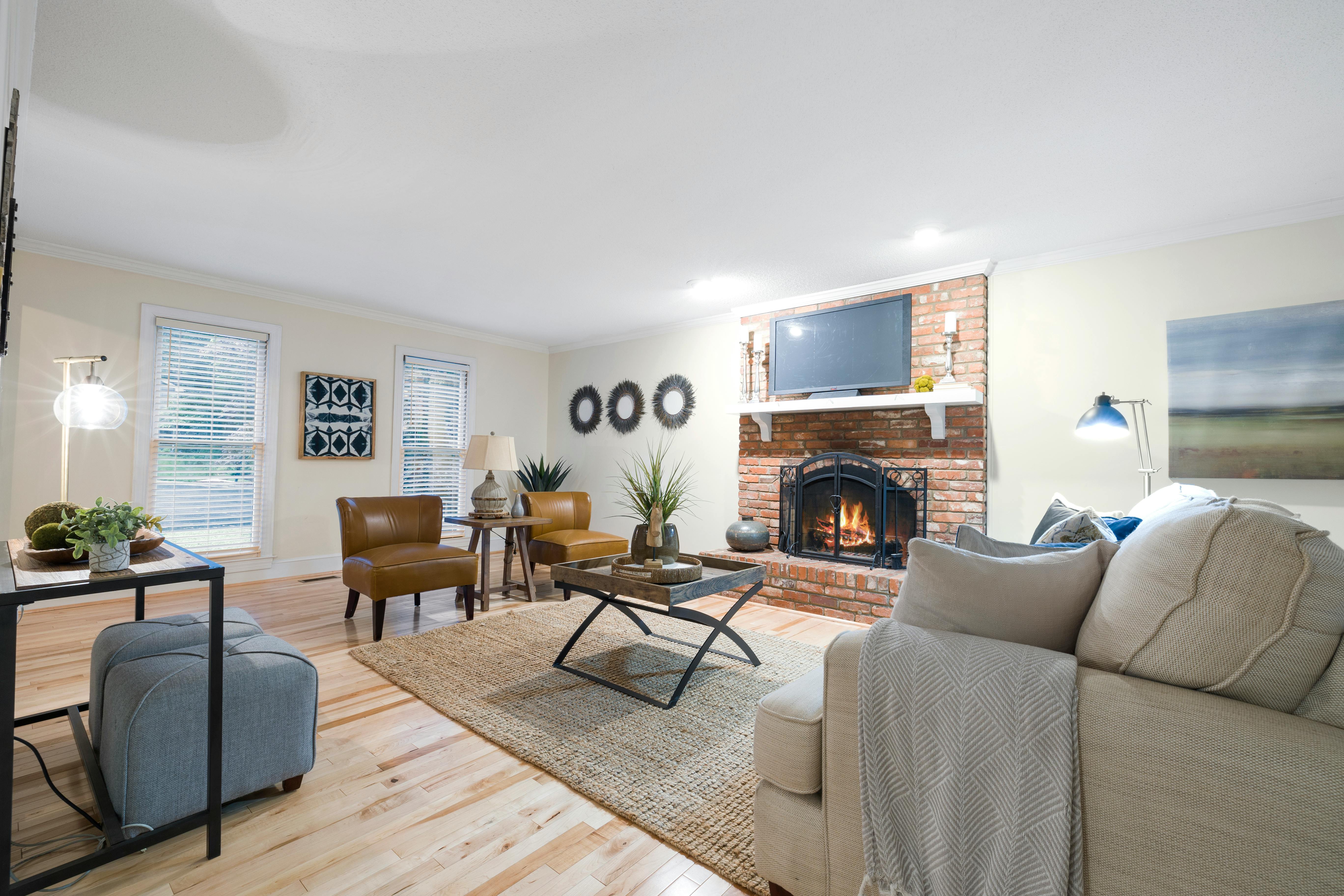Selling your home is an exciting step toward your next chapter, but let’s be honest—it can also be overwhelming. You want to present your home in the best possible light to attract buyers and secure a great offer. However, the process of cleaning, decluttering, and making necessary repairs can feel like an insurmountable task. The good news? With a strategic approach and a manageable checklist, you can prepare your home for sale without unnecessary stress. In this guide, we’ll walk through step-by-step strategies to declutter, stage, and complete minor repairs, ensuring your home is market-ready while keeping your sanity intact.
Breaking Down the Pre-Sale Prep into Manageable Steps
One of the biggest mistakes sellers make is trying to do everything at once. Instead of tackling your entire home in one go, break down the process into manageable steps. A structured approach helps you stay organized and reduces the feeling of being overwhelmed. Start by creating a timeline that prioritizes essential tasks.
- Set a realistic schedule – Depending on the condition of your home, you may need a few weeks to a couple of months to get everything in order. Give yourself time to avoid last-minute stress.
- Prioritize key areas – Focus on high-impact areas first, such as the kitchen, bathrooms, and living spaces. These are the rooms buyers pay the most attention to.
- Start with cleaning and decluttering – Before any staging or repairs, a deep clean and decluttering session will provide the foundation for everything else.
Decluttering Made Simple
Decluttering can feel daunting, but it doesn’t have to be. The key is to tackle one area at a time with a simple and effective system. The four-box method is a popular approach:
- Keep – Items you use regularly or need to take to your next home.
- Donate – Gently used items that could benefit someone else.
- Sell – Valuable but unused items that could bring in some extra cash.
- Trash – Anything broken, outdated, or beyond repair.
Focus on areas that accumulate the most clutter, such as closets, basements, and garages. These spaces are often overlooked but make a huge difference when organized. A decluttered home not only looks better but also allows potential buyers to envision their own belongings in the space.
Decluttering also has psychological benefits. It helps you let go of the past and prepares you mentally for your next move. Plus, buyers are more likely to make an offer on a home that feels spacious and well-maintained.
Staging Your Home Like a Pro
Once your home is clean and clutter-free, it’s time to focus on staging. Staging is the art of arranging furniture and decor to make your home look inviting and showcase its best features. You don’t need to spend a fortune to stage your home effectively.
- Rearrange furniture for better flow – Avoid overcrowding rooms and create a spacious, open feel. Arrange furniture to highlight focal points like fireplaces and large windows.
- Let in natural light – Open curtains and blinds to maximize natural light, which makes rooms look bigger and more inviting.
- Add fresh flowers or greenery – A touch of nature brings warmth to a space and creates a welcoming atmosphere.
- Use neutral decor – If your home has bold or personal decor, consider toning it down. Neutral colors appeal to a wider range of buyers.
For those who want expert help, hiring a professional stager can be a worthwhile investment. Staged homes often sell faster and at higher prices because they create an emotional connection with buyers.
Minor Repairs with Major Impact
Small fixes can have a significant impact on your home’s overall appeal. While buyers expect some level of wear and tear, addressing minor repairs signals that the home is well-maintained.
- Fix leaky faucets – A dripping faucet is a small but noticeable issue that can make buyers wonder about larger plumbing problems.
- Patch holes and touch up paint – Fresh paint in neutral tones can instantly refresh a room and make it look well cared for.
- Update outdated hardware – Swapping out old cabinet knobs and light fixtures is an inexpensive way to modernize your home.
- Boost curb appeal – First impressions matter. Trim overgrown bushes, add fresh mulch, and give the front door a fresh coat of paint to enhance your home’s exterior.
Addressing these small details early prevents last-minute scrambling and helps your home stand out in a competitive market.
Keeping Your Sanity Intact
Prepping your home for sale can be a demanding process, but it doesn’t have to be overwhelming. Here are a few ways to stay sane throughout the journey:
- Take it one step at a time – Don’t try to tackle everything in a single weekend. Spread tasks out over several weeks.
- Ask for help – Whether it’s family, friends, or professional cleaners, don’t hesitate to delegate tasks.
- Take breaks – Stepping away for a short walk or enjoying a coffee break can prevent burnout.
- Stay focused on the bigger picture – Remember, all this effort leads to a successful sale and a fresh start in your new home.
Conclusion
Preparing your home for sale doesn’t have to be a stressful, overwhelming process. By breaking it down into manageable steps, you can declutter, stage, and make necessary repairs efficiently and effectively. Decluttering helps create a sense of space, staging highlights your home’s best features, and minor repairs show buyers that your home is well cared for. With a strategic approach and a positive mindset, you’ll be well on your way to selling your home for the best possible price. Start with one task at a time, and before you know it, your home will be ready to impress potential buyers and move you toward your next adventure



